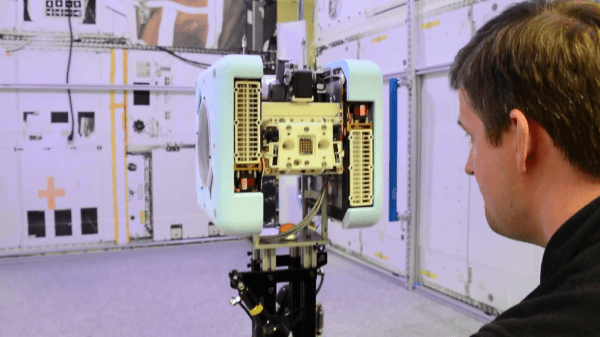This is the first official look at Boston Dynamics’ new robot design, called Handle, and it’s a doozy. They are a trusted source of cutting-edge real-world robotics, which is good. If this came from an unknown source we’d be scrambling to debunk it as fake. This robot shows incredible utility, the likes of which has been relegated to the computer graphics of the movie and video game industries.
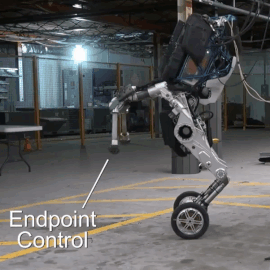
At the beginning of the month, we saw a demonstration of the robot but it was simply cellphone footage of a conference hall video. This is a crystal clear 60fps video from Boston Dynamics themselves with a few juicy details to go along with it. Chief among them (for us anyway) is that this prototype has a battery range of about 15 miles between charges. The efficiency is due in large part to the wheeled nature of the beast. It balances on two wheels, but the design attaches those wheels to two fully articulated legs rather than directly to the frame of the body.
The result is a quadruped that is distinctly not human in appearance but can perform well in similar environments and with similar tasks. Handle is capable of offsetting its body weight, allowing the front limbs to pick up heavy objects while maintaining balance. The combination of both electric and hydraulic actuators let it perform feats like jumping over four-foot high objects. The independence of each wheel is shown off with ramps to simulate uneven terrain.
Bravo BD. We can’t wait to see Handle wheeling down the street placing smile-adorned boxes on each stoop as it revolutionizes home delivery. Oh, and kudos on the 80’s-style freeze frame at the end of the video below.
Continue reading “I Am Science Fiction Incarnate; I Am Handle”

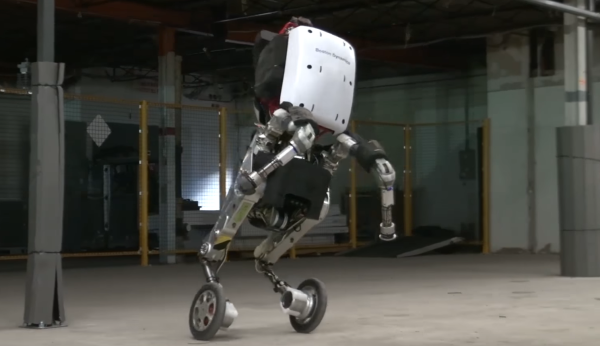
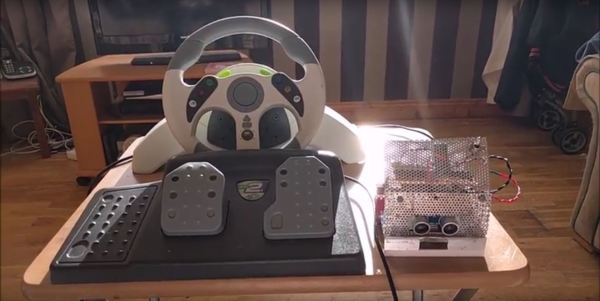


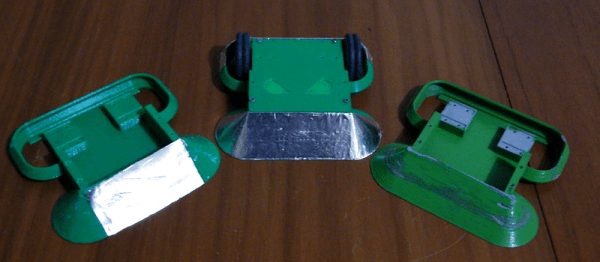

 One robot might not do much but the idea behind the Zooids is the introduction of swarm user interfaces, a new class of human-computer interfaces that involves multiple autonomous robots to handle both display and interaction. In a joint work between the Shape Lab at Stanford University (USA) and the Aviz team at Inria (France), researchers developed an
One robot might not do much but the idea behind the Zooids is the introduction of swarm user interfaces, a new class of human-computer interfaces that involves multiple autonomous robots to handle both display and interaction. In a joint work between the Shape Lab at Stanford University (USA) and the Aviz team at Inria (France), researchers developed an 